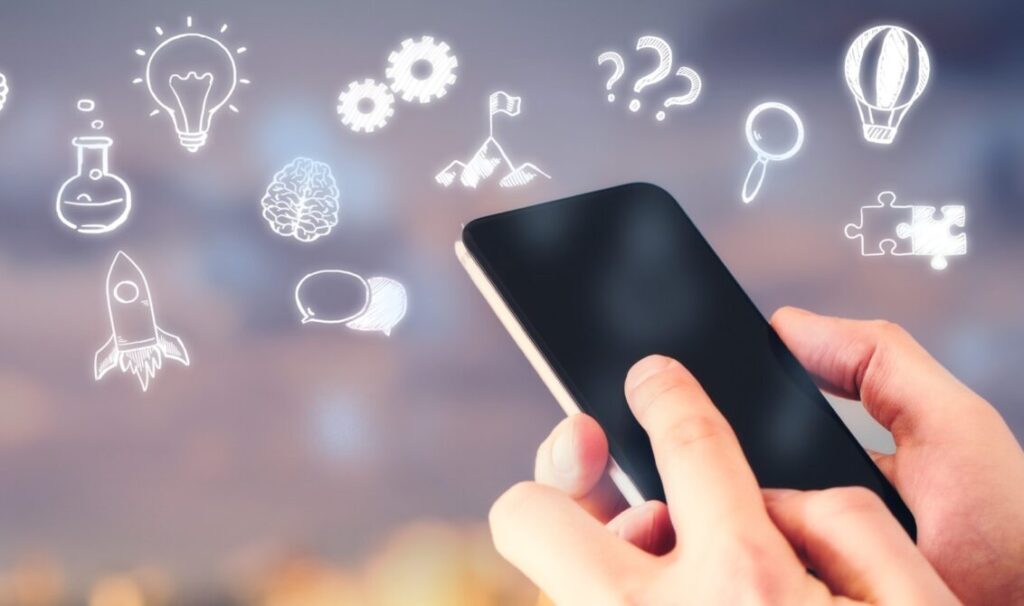Introduction
Education sector is undergoing tremendous changes. With technology joining its forces, education today is way more fun and engaging than it ever was. So, let us take a look at some of the latest developments in education that will likely rule the coming few years in this sector.
Artificial Intelligence
Artificial Intelligence (AI) is a type of computer program that simulates human intelligence. The technology can be used in a number of different areas, including education. AI allows teachers and students to learn more efficiently by using data analysis to augment their learning experience.
A good example of how AI could be used in education is through the development of chatbots for students with learning disabilities such as dyslexia or autism spectrum disorder (ASD). These chatbots would help these students overcome their challenges by providing an alternative communication tool than reading or writing.
Virtual Reality
Virtual reality is a computer-generated simulation of a three-dimensional image or environment that can be interacted with in a seemingly real or physical way by a person using special electronic equipment. Online classes are one way this technology is being used.
Students are able to participate in an online course through a virtual reality headset, which allows them to see the classroom and other students as if they were really there. This is especially useful for students who do not have access to traditional classrooms or who live far away from universities.
The ease and flexibility that virtual reality offers, it is certainly here to stay. Students and teachers from across the world are greatly benefiting from it through borderless classrooms and creating cross country learning communities.
Click here – What Is An App Connector: Windows 10
Extended Reality (XR)
Extended reality is a fancy name that refers to augmented reality. It’s a type of virtual reality that allows you to see the real world, but with digital information overlaid onto it. Augmented reality fused together with the objectives of teaching is a great way to engage students and make learning more fun. It’s also useful for making subjects like maths and science more accessible, as you can use AR technology to visualise mathematical equations or step-by-step processes.
Adaptive Learning
Adaptive learning is a personalised learning experience that uses data analytics to adjust the learning experience based on how the learner is doing. In other words, it’s an algorithmically-driven system that tailors each student’s coursework to their specific needs and capabilities.
Data analytics like this allow for an optimal teaching environment because they give educators insight into how students are doing, which in turn helps them make better decisions about what to teach next. It is the next level of learning that goes beyond the usual inductive and deductive method of teaching.
Massive Online Open Courses (MOOCs)
MOOCs are online courses that anyone can take, free of charge. They’re offered by universities and educational institutions around the world, and they’re designed to be accessible to everyone—regardless of location or financial status.
MOOCs usually follow a specific syllabus, but they allow students to complete them at their own pace. This means that you can take your time completing the coursework without feeling pressured by deadlines or due dates. You will also be able to access MOOCs from anywhere in the world with an internet connection: no need for travel!
In addition to providing an incredible educational resource on a global scale, MOOCs are one of the top education trends today because they help combat issues such as rising costs associated with attending college institutions—which has become increasingly prohibitive in recent years.
Gamification Of Learning
Gamification of learning is the use of game design elements in non-game contexts. It can be used to motivate and engage learners, and it can also be used to design learning experiences that are more engaging and fun. Gamification is a powerful tool for teachers because it makes schoolwork feel like something we do for fun, not just a chore that has to be done to get good grades on exams. Students who enjoy their work will learn better than those who don’t want to do it.
Conclusion
Schools are becoming smarter by the day. If you’re a student, school can be overwhelming, especially if you’re in a place where learning is done in the same old way. But that’s changing as schools become smarter, using AI to help teachers and students learn, using VR and XR to help students understand concepts in new ways, and more! The changes we’ve seen in just the last couple decades are mind-blowing, and we can only imagine what will happen next.
So, as teachers, you need to stay in top shape when it comes to your teaching skills. You need to update your teaching methodologies according to the contemporary realities and also include the latest technology at the same time. Failure to do this will not only make your classes less interesting but students will also struggle to learn in an engaging way.
Hence, teacher upskilling is the need of the hour. If you’re looking for a way to stay up-to-date with the latest teaching methods and technology, then you should consider attending a teacher training course.
There are many different types of courses available today, so there’s definitely one that will suit your needs. Suraasa has several internationally accredited teacher training courses that are helping teachers upgrade their teaching style according to 21st century student aspirations. So, make sure you check them out today!
Click here – BTL and ATL Marketing: Which marketing Strategy Should You Choose?



